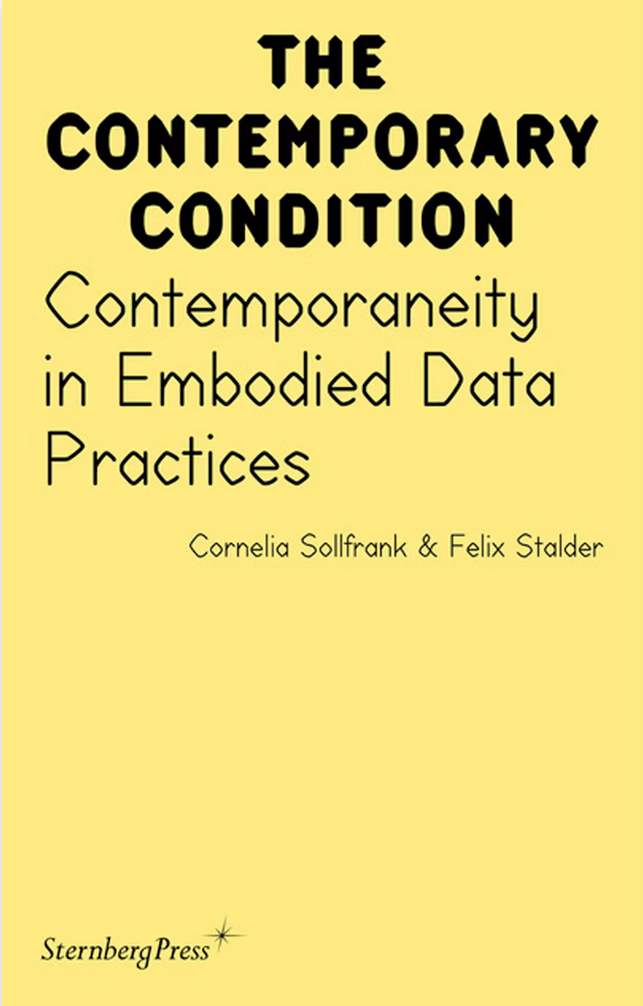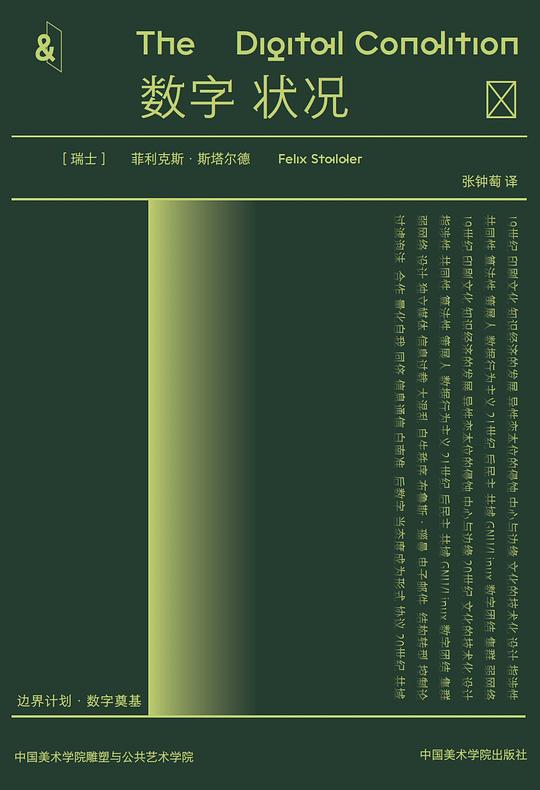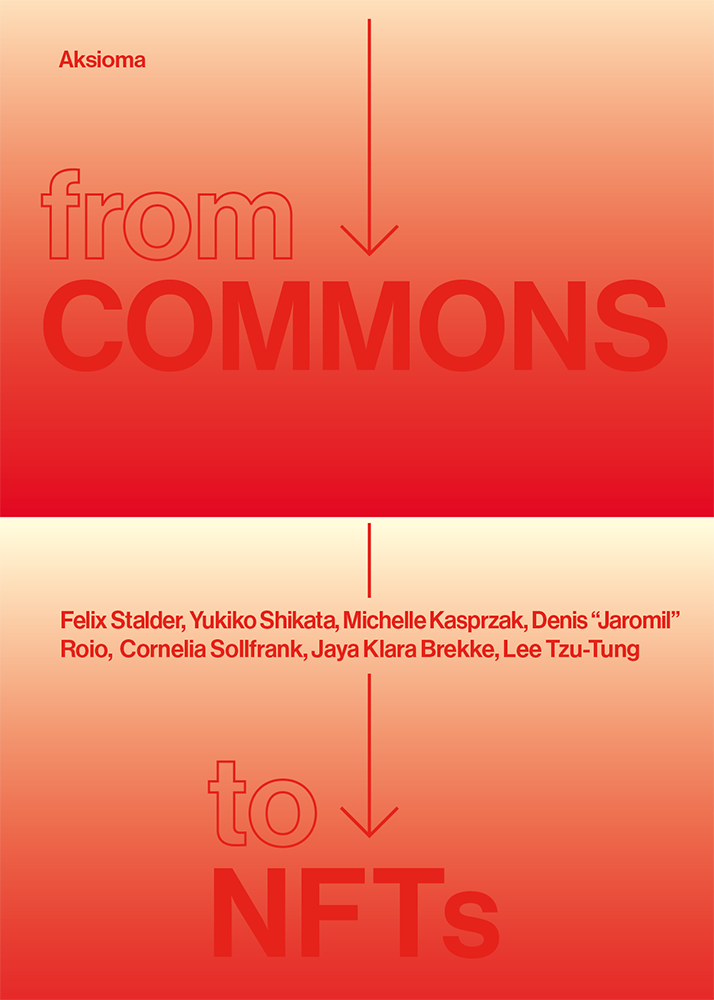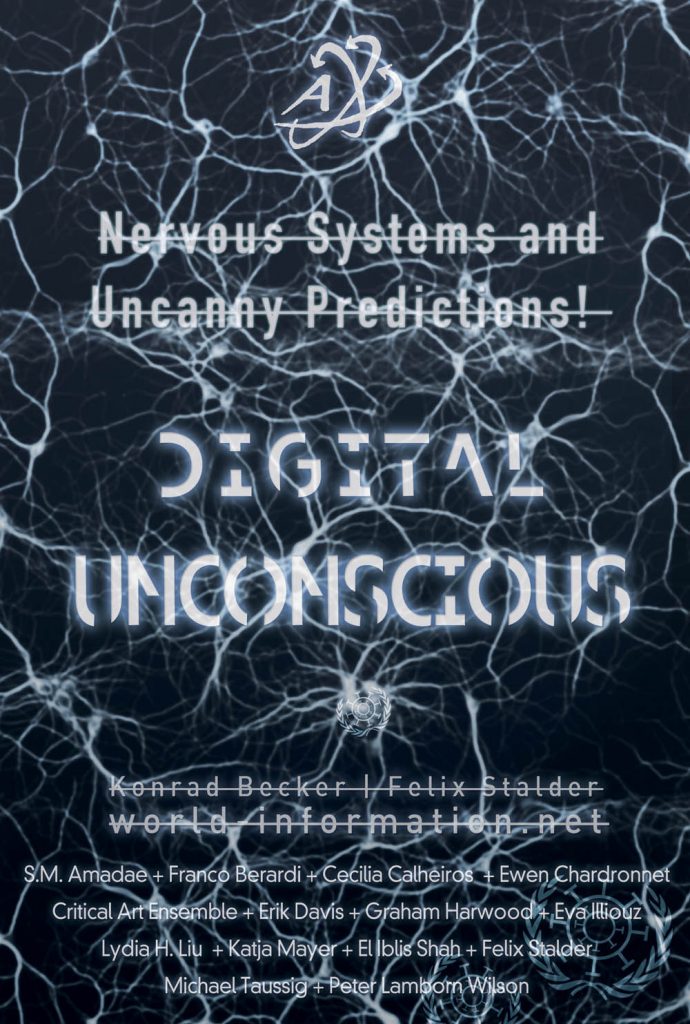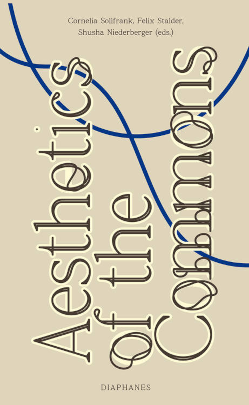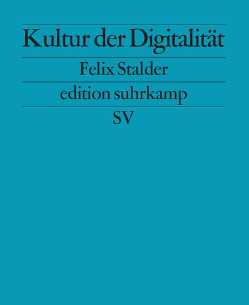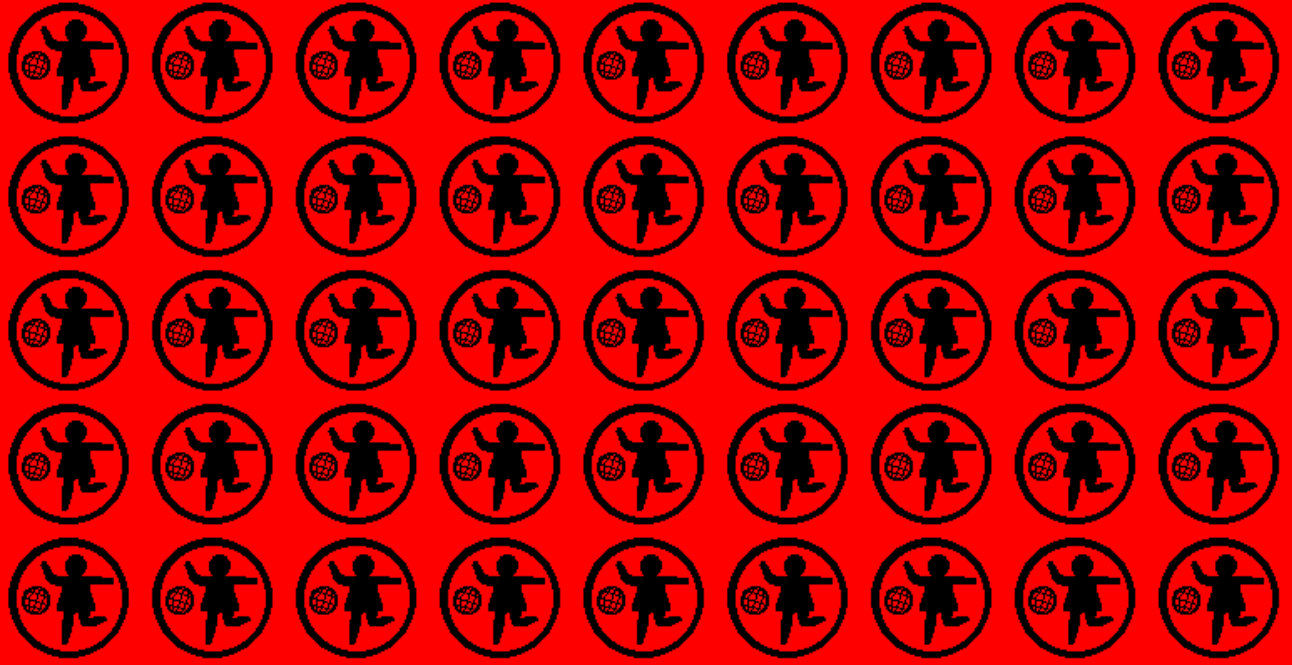
I'm reading: The ecstasy of influence: A plagiarism, by Jonathan Lethem, (Harper's Magazine, Feb.2007). Which is how influences flow freely in art and most artists have no problem admitting this (why should they?). Today's strong claims of copyright are based on what he calls "source hypocrisy" (denial of one's sources, refusal to allow one's work to become the source for someone else). In most cases, artists themselves are less hyporcritics than the corporations, trusts, foundations administring their work. Lethem also mentions that Bob Dylan never refused the permission for a sample.
A large, diverse society cannot survive without property; a large, diverse, and modern society cannot flourish without some form of intellectual property. But it takes little reflection to grasp that there is ample value that the term “property” doesn't capture. And works of art exist simultaneously in two economies, a market economy and a gift economy. The cardinal difference between gift and commodity exchange is that a gift establishes a feeling-bond between two people, whereas the sale of a commodity leaves no necessary connection. (....) But a gift makes a connection. There are many examples, the candy or cigarette offered to a stranger who shares a seat on the plane, the few words that indicate goodwill between passengers on the late-night bus. These tokens establish the simplest bonds of social life, but the model they offer may be extended to the most complicated of unions—marriage, parenthood, mentorship. If a value is placed on these (often essentially unequal) exchanges, they degenerate into something else.
(....)
But if it is true that in the essential commerce of art a gift is carried by the work from the artist to his audience, if I am right to say that where there is no gift there is no art, then it may be possible to destroy a work of art by converting it into a pure commodity. I don't maintain that art can't be bought and sold, but that the gift portion of the work places a constraint upon our merchandising. This is the reason why even a really beautiful, ingenious, powerful ad (of which there are a lot) can never be any kind of real art: an ad has no status as gift; i.e., it's never really for the person it's directed at.
He continues:
The world of art and culture is a vast commons, one that is salted through with zones of utter commerce yet remains gloriously immune to any overall commodification. The closest resemblance is to the commons of a language: altered by every contributor, expanded by even the most passive user. That a language is a commons doesn't mean that the community owns it; rather it belongs between people, possessed by no one, not even by society as a whole.





